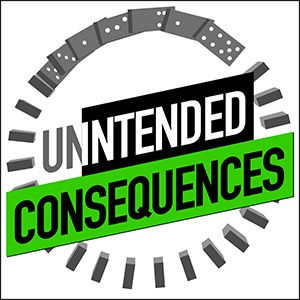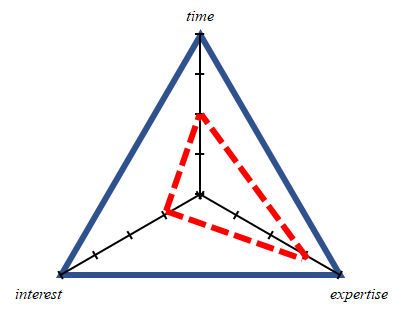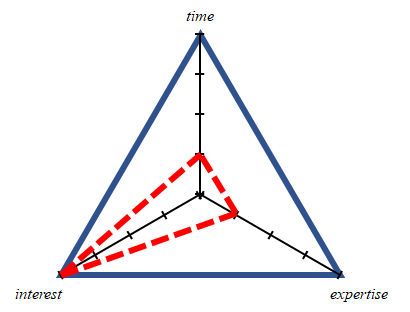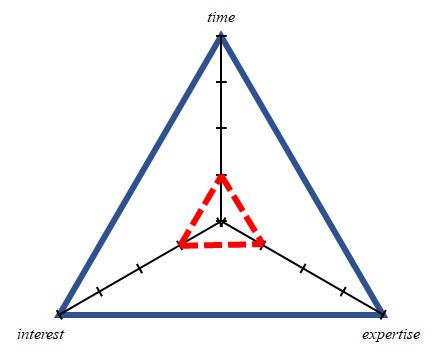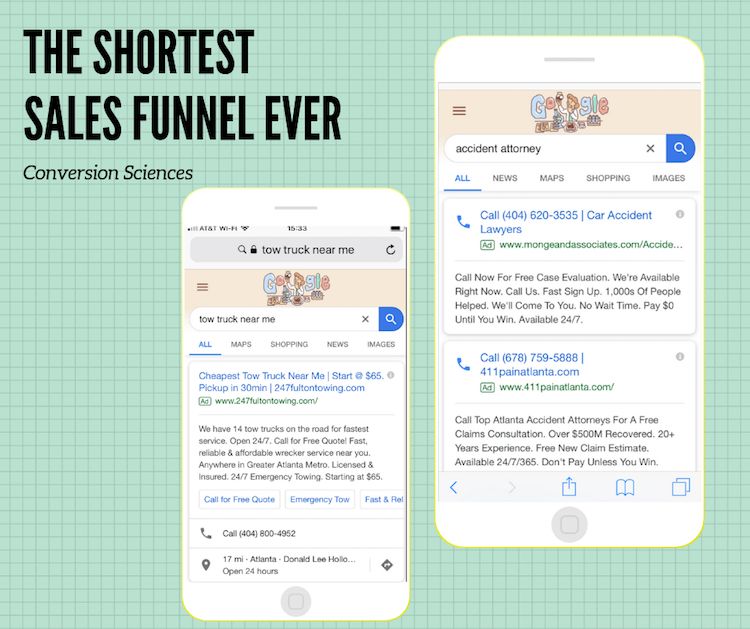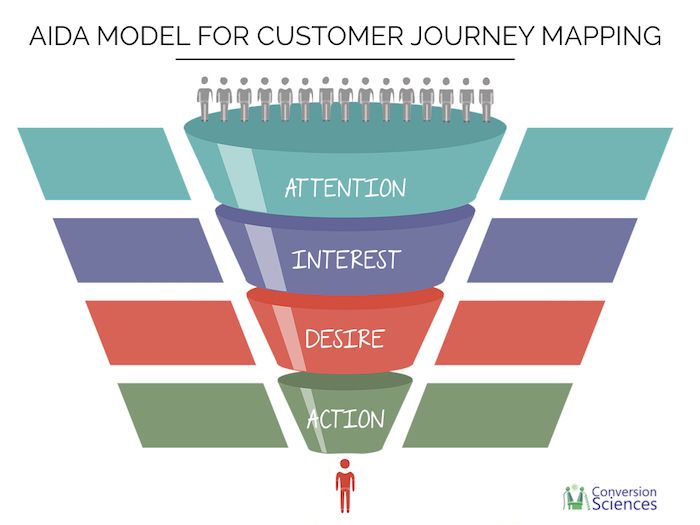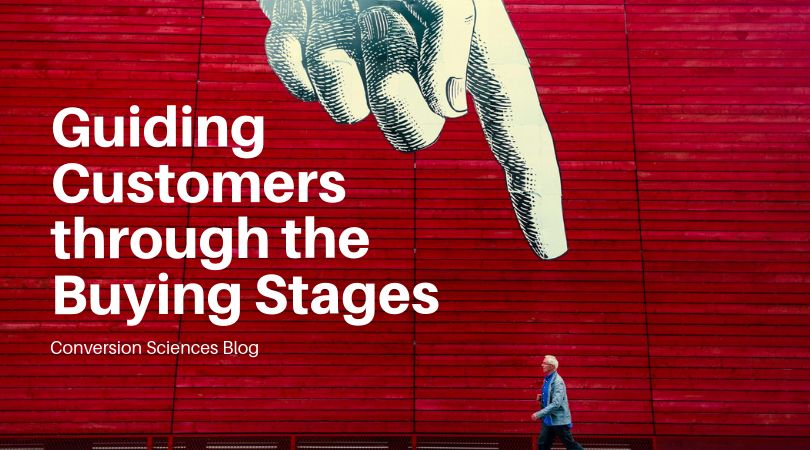If you’re selling tools or expertise, you’ll need to understand where your prospects are in their relation to time, interest, and expertise. Find out how my guest addresses these issues for his prospects.
I consider myself a software guy.
Bachelors of Science in Computer Science.
I wrote my own analytics package in 2003, which was thankfully replaced by Google Analytics in 2005.
I still write scripts for my data analysis.
In the tech world, we distinguish the software guys and gals from the hardware guys and gals. Mark Zuckerberg is a software guy. Apple’s Steve Wozniak is a hardware guy. Yes, I know Steve has written a lot of code in his day, but he’s undoubtedly a hardware guy.
When there’s something that needs to be done around the house — or to my car — my first thought is, “I’m a software guy. THIS is a hardware problem.”
My father, on the other hand, is clearly a hardware guy. Handy. Fixes things. Builds things.
So, when it came time to change the kitchen faucet in my house, I called Dad. Because, as a software guy, I would just start trying things to understand the obstacles. This can be an expensive approach for a hardware problem.
Hang in there. There’s a point to this.
So I called Dad and he came over. He told me what I should do to change the faucet, but I pretty much already knew all of that. However, Dad handed me a tool that I could never have imagined existed. It’s called a Basin Wrench, and it made all the difference.
There is no way, squeezed under that sink, that I ever would have gotten the old encrusted bolts off of the old faucet without the Basin Wrench. The YouTube videos I watched didn’t mention it. Imagine a raptor claw attached to the end of a long rod with a handle at the bottom.
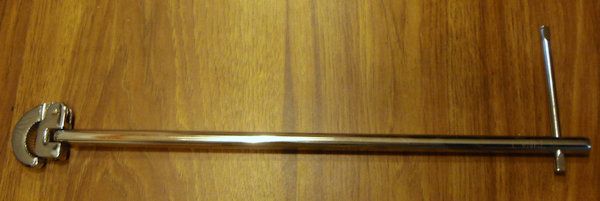
Basin Wrench. Courtesy Wikipedia
I had to Google “faucet tool” to even find out what it was called.
I’m certain that I would have given up without it.
The moral of the story? Tools+Experience.
Now, I get pitched marketing tools all the time. Popup tools, data tools, visualization tools, email tools, analysis tools… you name it. How can I know which tools are the indispensable basin wrenches in all of this?
That is the question I had in mind when I invited Josh Thomas onto my podcast. Josh is with Outbound Engine. They sell the basin wrench of digital marketing for small businesses. They sell both the tools and done-for-you services to the kind of people who use basin wrenches daily.
Most of us see our products and services as basin wrenches. But only to those people who have a proverbial faucet to change.
So how does Outbound Engine convince hardware guys and gals to invest in a soft problem like digital marketing?
Budget and Culture
How you spend your money is also how you’re focused in terms of your time and where you want your team’s time to be spent.
High-quality content
Because we do see so many different iterations, we can see what engagement, what campaigns or content are driving engagements. We can make sure that we’re taking those lessons learned and incorporating them more and more over time. It gives us just more and more opportunities for us to learn and see what works best.
Prospecting Customers: Evaluating time, interest and expertise
Time. Expertise. Interest. I like this simple model.
These are the things that influence whether your customers will solve a problem themselves or buy a solution to fix it, a solution like yours.
Imagine mapping your opportunities onto a time/interest/expertise graph. Like this.
When time is tight (rated 1 or 2), prospects gravitate to those problems in which they have expertise, where they have confidence. Things are done the way they’ve always done them, and thus done quickly.
When time loosens, our prospects can gravitate to tasks that feed their interest or expertise. These are problems that need solving now that time is available.
Those with expertise but little interest are looking for tools to make things easier. The ROI is what they are looking for.
Those with interest and little expertise are looking for experts. They are looking for expertise and tools.
Someone with interest, expertise and time are likely to do it themselves, to solve the problem internally.
Those with none of these probably don’t even know they have a problem. This is a tough sell.
How do your clients map onto the TIE triangle? What are you doing to feed interest or expertise? To demonstrate ROI to experts and demonstrate competence to those who are interested? The two are quite different.
Now go science something.
Resources and links discussed:
- Connect with Josh
- Learn more about Outbound Engine
- Follow Brian on Twitter @bmassey
Related Articles:
8 Advanced Tactics For Increasing Your B2B Telephone Sales
How Heatmaps Helped Increase Prospective Student Inquiries with Hotjar

